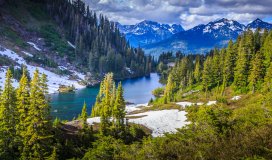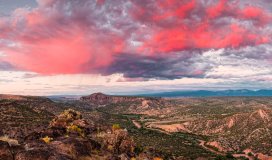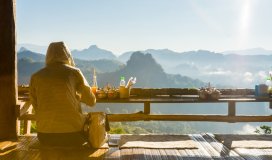Experience Best of East India – Part 1
Table of Contents
 If you’ve explored all of the south, and are bored of the north, head east. That’s where some of the country’s most beautiful and diverse experiences await. Use this two-part series to plan your trip
If you’ve explored all of the south, and are bored of the north, head east. That’s where some of the country’s most beautiful and diverse experiences await. Use this two-part series to plan your trip
1. Kolkata

Your trip to India’s east will most likely begin from Kolkata. It was the eastern hub of the British Raj, signs of which can be seen in its architecture and infrastructure. There is no dearth of iconic sights here: Victoria Memorial, Howrah Bridge, Writers Building are all crowd-pullers. Then there is the culture. Kolkata is the home of Jazz in India. You can find some of it alive in the nightclubs along Park Street, which is a must-visit for foodies (recommended: Peter Cat for a meal, Kookie Jar for confections). This is also the only city in India where trams still criss-cross the streets. Perfect Instagram material. Surf the list of Kolkata Hotels online and compare amenities and rates for each before you do the booking. This will help you have a much more peaceful stay.
2. Darjeeling

The flavour of the Raj carries all the way up to Darjeeling, and comes alive through its verdant tea estates and misty gymkhanas. It also offers the best view of Mt. Kanchenjunga, world’s third highest peak. Then you have monasteries, sprawling botanical gardens, and the longest cablecar in Asia, the Darjeeling-Rangeet Valley Ropeway, running from 800ft to 7,000ft and providing the most dramatic aerial snapshots of Darjeeling. Surf through the list of hotels and deals in Darjeeling and you will surely find the money saver deal that you have been hunting for. This will help you save a lot of money for the rest of the travel.
3. Sundarbans National Park

These amazing wetlands and mangrove jungles once enjoyed an abundance of the magnificent Royal Bengal Tiger. Today, despite the scarcity of the great cat, the Sundarbans is one of the world’s most remarkable wildlife zones. Extending into Bangladesh, it is spread out over miles of lush and mysterious waterways gliding past 54 islands, home to countless species of flora and fauna. The only way to explore it is by boat, starting with a cruise down the iconic Hooghly from Kolkata. Already curious to explore the wilds of India? Don’t forget to carry your camera along and surf through the list of Sunderban Hotels for the first time tourists.
4. Jaldhapara Wildlife Sanctuary
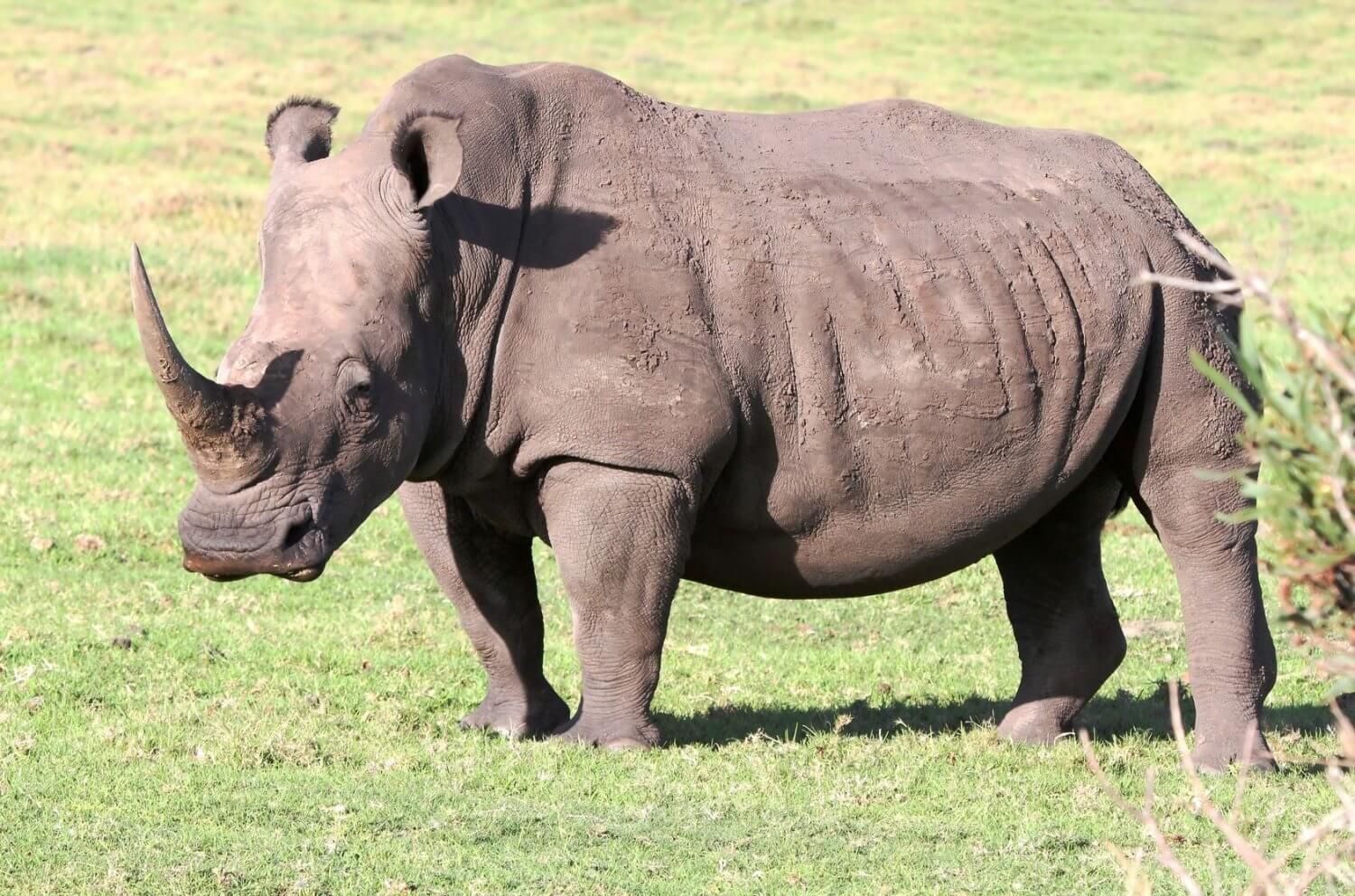
There’s more of them in Kaziranga, but you can get your first glimpse of the one-horned rhino in the Jaldhapara Sanctuary, from the back of an elephant. Forty of these near-extinct armoured giants roam the lush grasslands at the foothills of the Himalayas bordering Bhutan. The forest department operates the charming Hollong Forest Bungalow deep in the park, which is blessed by constant sightings of thirsty animals, rhinos included, visiting a nearby creek for water. Just one visit to a sanctuary does not help you enjoy the real wild. It is thus best to plan your stay in one of the hotels in Jaldhapara Forest. It will help you get a glimpse of the dense forests and the wild animals here.
5. The monastery trail

Apart from being havens of peace, tranquillity and meditation, Sikkim’s monasteries are also aesthetically beautiful sights, and are perched on nearly every second hilltop. Do not miss the Rumtek Monastery overlooking Gangtok, or the famous Pemayangtse and Tashiding, near Pelling in West Sikkim. The Sanga-Choeling Monastery in Pelling can only be accessed by foot. Check out the 200-year old murals in the Karma Kagyu monastery, in Phodong, north Sikkim. Book hotels in Pelling if you wish to explore the place in greater detail. Visit this place only when you have ample time at your hands.
6. Trekking routes
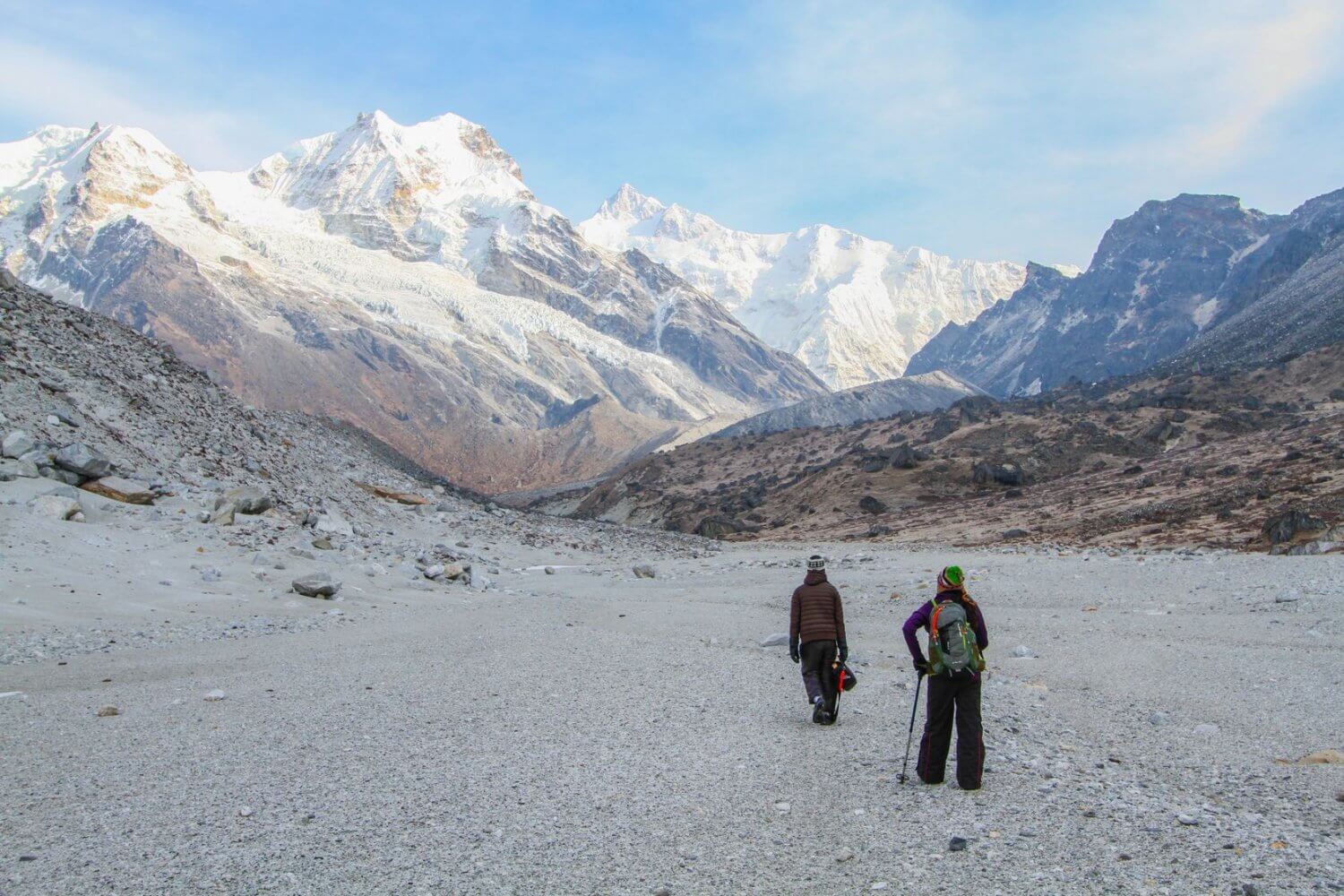
The tiny but stunningly picturesque state of Sikkim was meant to be explored by foot. Trekkers, if they are up to the challenge, should lace up and hit the trails. By far the most famous and scenic route is the one from Yuksom to Dzongri Peak. This will take you through virgin forests bristling with bird-calls, swathes of brilliantly-hued rhododendron gardens, and through the icy rivers of the Kanchenjunga National Park.
7. The white-water stretch

Rafting the white-waters of the Teesta River in Sikkim is the newest attraction on the adventure-sport menu. The Makha-Sirwani-Bardang-Rongpo stretch offers rapids from grades two to four, perfect for every level. The turbulent bits are broken up by calm patches for cruising and admiring the craggy cliffs that seem to float by serenely. Convenient white-sand beaches pop up for overnight camping. For advanced rafting, try the raging Rangeet River, from Sikip to Melli.
8. Nathu La

This is a must for adventurous students of history. Three hours from Gangtok, you will find the Nathu La pass, part of the mystical Old Silk Route. The pass skirts India’s border with China. There is something visceral about the lonely barbed wire fence that serves as the only indication of what lies on the other side, reinforced by the sight of the odd, impassive soldier on the other side. To experience a yak ride, trek up to Tsomgo Lake, a spectacular water-body at 4,000m that stays frozen until May. If you are crunched for time (or energy), you can hire a car to take you to the border post. It is wise to check in to one of the Gangtok hotels and stay here for the night. Start the journey to Sikkim on the next day when you are free of exhaustion and have ample time at your hands.
9. Kaziranga Wildlife Sanctuary

Home of the endangered one-horned rhino, this UNESCO World Heritage Site is a must-see for anyone passing through the east of India. In keeping with the endangered species theme, the sanctuary also includes a tiger reserve, which holds the densest population of these magnificent animals. Wild elephants, swamp deer and water buffalos roam these grasslands too, and Kaziranga is also home to a huge variety of migratory and indigenous birds. Check the amenities provided in each of the listed hotels in Kaziranga Hotels list. It will help you select the best suited hotel for your stay.
10. Brahmaputra river cruise
For a true picture of life in the region, take a cruise on its most important river. The
Brahmaputra, which provides life and sustenance to millions, originates in the frosty heights of Tibet and flows past villages and wildlife sanctuaries. The cruise will get you up and close to the tea estates of Assam, and to the various indigenous tribes that live along the banks. Also included in the tour are dance performances, a wildlife safari and sumptuous barbecues at wellassigned berthing spots.
Insider Tip:
For foreign trekkers on the Old Silk Route in Sikkim, additional trekking permits are mandatory. These are available at Tourism offices in Gangtok, or else at Sikkim House in Chanakyapuri, New Delhi.

